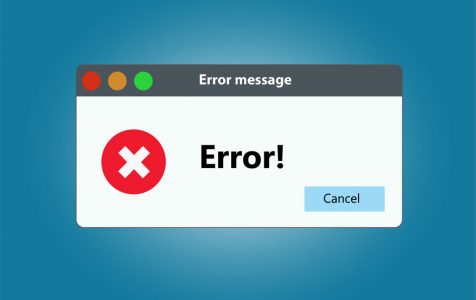If you are reading this article, you may have experienced rundll32.exe, and you’re wondering what it is and why it’s running on your PC. Don’t worry. It is a common Windows problem.
Unfortunately, there’re so many reasons that cause rundll32.exe errors, and tracking them down to identify the exact issue would need some investigation.
This article explains what rundll32.exe is, what it does, how to disable the rundll32.exe errors, and how to fix the errors.
Definition of Rundll32.exe?
Rundll32.exe is a legitimate system file located in the \Windows\System32 folder and runs in the background of any Windows-based OS. It’s a vital process which is part of the OS that executes a Dynamic Link Library (DLL represented as.dll). A dll can optionally specify a particular entry-point function. To execute the dll that specifies an entry-point, Windows uses the rundll32.exe.
Expert Tip: For smoother PC performance, consider using a PC optimization tool. It handles junk files, incorrect settings, and harmful apps. Make sure it's right for your system, and always check the EULA and Privacy Policy.
Special offer. About Outbyte, uninstall instructions, EULA, Privacy Policy.
However, if you see the rundll32.exe folder outside the Windows\System32 directory, then it may not be a legitimate file. Several malware programmers have been noted to create virus files, then name them after rundll32.exe to enable them to spread malicious codes through your PC.
What Does Rundll32.exe Do?
If you’ve worked with Windows long enough, you must have experienced rundll32.exe at one point. During the Windows system shutdown or startup process, you may have seen a “rundll32.exe error” message displayed on your screen.
The legitimate rundell32.exe rarely causes any problem. It is designed to work well in the PC and Windows directory.
A rundll32.exe error often occurs whenever the PC is not responding correctly to a dll. This may be due to a faulty hardware device or a corrupted software application.
If the case is caused by a corrupted software, the rundll32.exe malware can be dangerous to your PC and data. The malware infection may corrupt, replace, or mimic the original rundll32.exe process and cause damage.
Malicious versions of the rundll32.exe file can infiltrate other malware or viruses into the PC and include it into a botnet. The malware can then harvest a user’s sensitive data and information such as banking details or other personal information.
Additionally, hackers and technical support scammers abuse the malicious rundll.32exe process name to insert malicious extensions in browsers such as:
- Google Chrome
- Internet Explorer
- Safari
- Mozilla Firefox
They can use adware or redirect viruses to achieve this aim.
Indications That Your PC is Infected with Rundll32.exe Malware
Here are the symptoms you need to keep an eye on to know that your PC might be infected with the rundll32.exe malware:
- Unusually high CPU usage by the rundll32.exe process
- Several instances of rundll32.exe running on the CPU
- Significant PC slow down
- Increased power usage of the PC
- The fluctuation of the internet connection
- Browser slowdown
- Automatic redirect of your browser to some irrelevant sites
- Constant screen freezes
- Constant unsolicited popups and ads
If you notice a “rundll32.exr error” message on your PC or within a browser together with these symptoms, it can be a strong indication that your PC is under a malware attack.
How to Disable Rundll32.exe
The true rundll32.exe should rarely cause any troubles on your PC, although, like any other executable files, there can be certain associated errors. If so, the chance is that there’s a broken related .dll file, or something might be wrong with system files. For this case of rundll32.exe error, you should run an automatic Windows error fixer – the system file checker.
Note: You should not terminate or otherwise modify the actual rundll32.exe file. Doing so, or even removing it can cause brutal system malfunctions or a crash.
If a malware infection is responsible for the rundll32.exe error, there are two things you can do to fix the rundell32exe errors:
- Run a full system scan using reputable third-party anti-malware software.
- Manually uninstall the error code malware.
How to Fix Rundll32.exe Errors Manually
If you have to disable the rundll32.exe, then you will do the following:
(If you’re operating on Windows 8 or 10, you can use the Task Manager’s Startup section to disable it.)
- Type msconfig.exe into the run box or start menu search.
- Locate it by the Command column (system configuration).
- Select startup.
- Uncheck the box to disable it and prevent it from starting automatically.
How to Remove the Rundll32.exe Using Anti-Malware?
- Download the reputable anti-malware from the official site.
- Install the Software following the configuration instructions.
- Conduct a quick scan to remove any easy infections.
- Restart your PC.
- Run a full system (deep) scan to remove all rooted malware infections.
- Restart your PC again for the changes to take effect and restore systems correctly.
Wrapping up
Like all other malware entities, the rundill32.exe can be bothersome and cause you trouble, including data theft and slowing down your PC. We believe that this article has been of help to you in knowing and solving the problem. You always need to take caution when using your PC. You can read further information on Software Tested about PC tips and tricks that can help you keep your PC safe.
